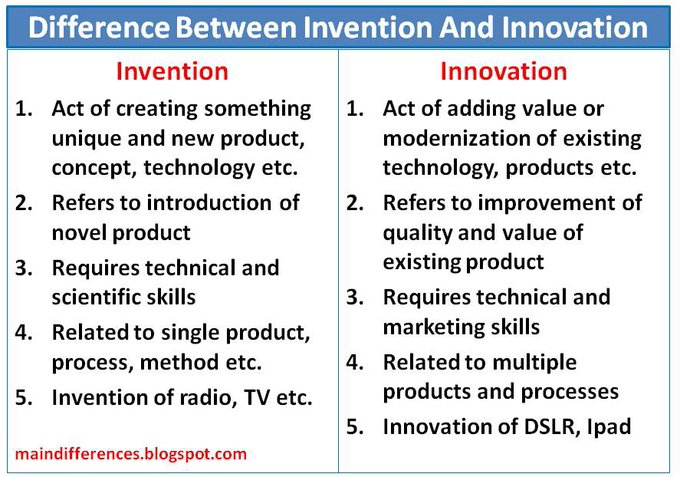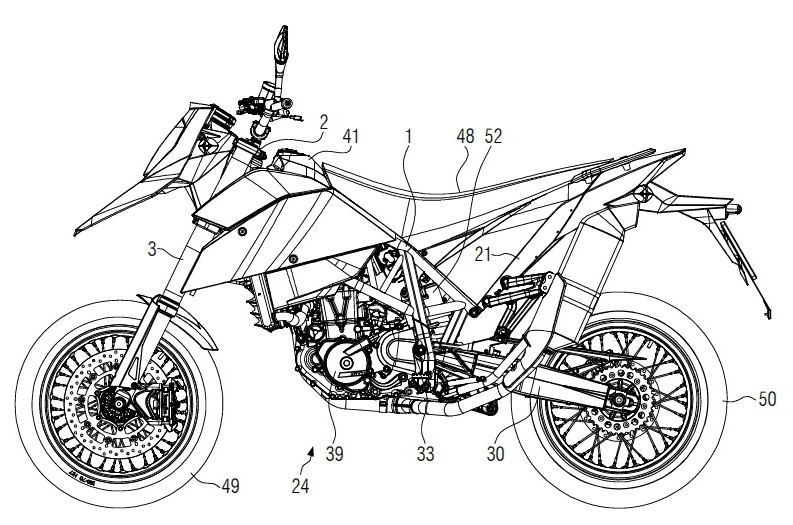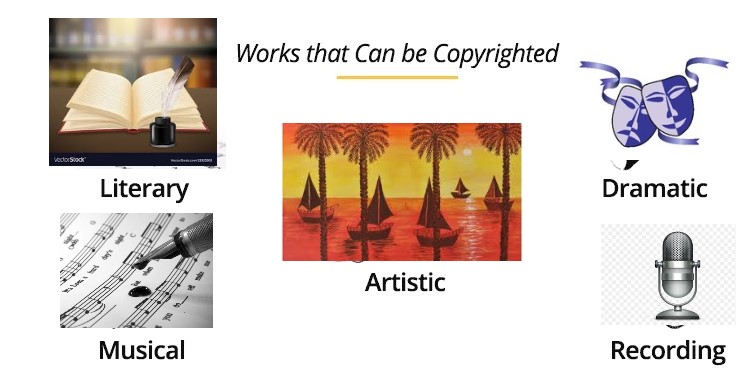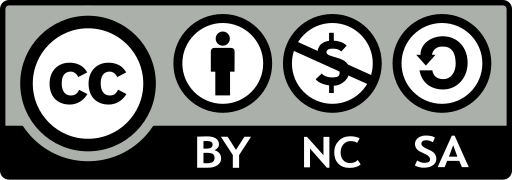Invention intellectual property & Income
Invention
In many ways, inventions improve our lives. They make our tasks easier, entertain us, expand our perspectives, and even save lives. An invention is a new or original product, process, composition, idea, or tool. It can enhance a device, item, or method to increase its functionality. Here, I have aimed to bring the traditional kitchen garden from the backyard to the indoors. This garden is aesthetically pleasing and can be easily moved, making it suitable for placement even in our living rooms.

Introduction to Intellectual Property (IP)
Definition and Overview
Intellectual Property (IP) refers to creations of the mind, such as inventions, literary and artistic works, designs, symbols, names, and images used in commerce. IP is protected by law, allowing people to earn recognition or financial benefit from what they invent or create. By striking the right balance between the interests of innovators and the wider public interest, the IP system aims to foster an environment in which creativity and innovation can flourish.
Importance of IP in the Modern Economy
In the modern economy, IP is a significant driver of innovation and economic growth. It incentivizes individuals and businesses to invest time and resources into developing new technologies and creative works. Intellectual property rights (IPRs) help ensure that inventors and creators can reap the benefits of their efforts, thus encouraging continuous innovation and cultural development. IP also plays a crucial role in international trade, investment, and economic development.
Types of Intellectual Property
Patents
Patents provide protection for new inventions, granting the patent holder exclusive rights to use, make, sell, and distribute the patented invention for a certain period, typically 20 years from the filing date. Patents are essential for encouraging technological advancements and protecting the interests of inventors.
Trademarks
Trademarks protect brand names, logos, and slogans used to distinguish goods or services of one company from those of others. They are vital for brand identity and consumer protection, ensuring that consumers can identify and trust the origin of a product or service.
Copyrights
Copyrights protect original works of authorship, such as literary, musical, and artistic works. Copyright provides creators with exclusive rights to reproduce, distribute, perform, and display their works, thereby encouraging cultural and artistic expression.
Trade Secrets
Trade secrets encompass confidential business information that provides a competitive edge. Unlike patents, trade secrets are not publicly disclosed and can be protected indefinitely as long as they remain secret.
Industrial Designs
Industrial designs protect the aesthetic aspects of products, including shapes, patterns, and colors. They play a crucial role in the marketability of products by ensuring that the visual appeal of an item is legally protected.
Geographical Indications
Geographical indications identify goods as originating from a specific place, where a given quality, reputation, or characteristic of the goods is essentially attributable to its geographical origin. They are important for protecting the cultural heritage and economic value of regional products.
Patents
Definition and Importance
A patent is a legal document granted by the government that gives an inventor exclusive rights to make, use, sell, and distribute an invention for a limited period, usually 20 years. Patents are crucial for promoting innovation by providing inventors with the incentive to develop new products and technologies.
Types of Patents
There are three main types of patents:
- Utility Patents: For new and useful inventions or discoveries.
- Design Patents: For new, original, and ornamental designs for an article of manufacture.
- Plant Patents: For new and distinct varieties of plants that have been asexually reproduced.
Patentable Subject Matter
To be patentable, an invention must meet several criteria:
- Novelty: The invention must be new and not previously disclosed.
- Inventive Step (Non-obviousness): The invention must not be obvious to a person skilled in the relevant field.
- Industrial Applicability: The invention must be capable of being used in an industry.
The Patenting Process
The patenting process typically involves the following steps:
- Filing a Patent Application: Including a detailed description of the invention, claims, and drawings.
- Examination: The patent office examines the application to ensure it meets all legal requirements.
- Publication: The application is published, making the details of the invention public.
- Grant of Patent: If the application is approved, a patent is granted.
Patent Enforcement and Infringement
Patent holders have the right to enforce their patents against unauthorized use. Infringement can result in legal actions, including injunctions and damages. Patent enforcement is crucial for maintaining the value of the patent and ensuring that inventors can benefit from their innovations.
Case Studies
Case studies of successful patents and infringement cases provide valuable insights into the strategic use and enforcement of patents. For example, the landmark case of Apple Inc. vs. Samsung Electronics highlighted the importance of design patents in the tech industry.
Example - Utitlity Patent of Honda Bike

Example - Design Patent of Shoe

Trademarks
Definition and Importance
A trademark is a sign capable of distinguishing the goods or services of one enterprise from those of other enterprises. Trademarks are essential for brand identity, consumer protection, and maintaining the reputation of a business.
Types of Trademarks
Trademarks can take various forms, including:
- Word Marks: Names, letters, numbers.
- Figurative Marks: Logos, designs.
- Composite Marks: Combination of word and figurative elements.
- Service Marks: Trademarks used in connection with services rather than products.
Trademark Registration Process
The process of registering a trademark typically involves:
- Search and Clearance: Ensuring the proposed trademark is not already in use.
- Filing an Application: Submitting details of the trademark and the goods/services it will be used with.
- Examination: The trademark office examines the application for compliance with legal requirements.
- Publication and Opposition: The trademark is published, and third parties can oppose the registration.
- Registration: If no opposition is successful, the trademark is registered.
Protection and Enforcement
Trademark owners have exclusive rights to use their marks and can take legal action against unauthorized use. This includes actions for trademark infringement, passing off, and dilution. Effective trademark protection ensures that consumers can trust the origin and quality of products and services.
Case Studies
Examining case studies, such as the dispute between Coca-Cola and PepsiCo over the shape of bottles, can provide insights into the complexities of trademark law and the importance of protecting brand identity.
Examples

Copyrights
Definition and Importance
Copyright is a form of protection granted to the creators of "original works of authorship," including literary, dramatic, musical, and certain other intellectual works. Copyright ensures that creators can control the use of their works and receive compensation for their creative efforts.
Types of Works Protected by Copyright
Copyright protects a wide range of works, including:
- Literary Works: Books, articles, and software.
- Musical Works: Songs, compositions.
- Artistic Works: Paintings, sculptures, photographs.
- Audiovisual Works: Movies, TV shows.
- Performances: Choreography, acting performances.

Copyright Registration Process
While copyright protection is automatic upon creation, registration provides additional legal benefits. The registration process involves:
- Filing an Application: Providing details of the work and the creator.
- Examination: The copyright office examines the application.
- Registration: Upon approval, a copyright certificate is issued.
Duration of Copyright
The duration of copyright varies by jurisdiction but typically lasts for the life of the author plus 50 to 70 years. For works created by corporate authors, the duration is usually 95 years from publication or 120 years from creation, whichever is shorter.
Infringement and Enforcement
Copyright infringement occurs when a protected work is used without permission. Enforcement can involve legal actions such as injunctions, damages, and criminal penalties. Effective copyright enforcement is essential for protecting the rights of creators and ensuring they can benefit from their works.
Startup Overview
Definition and Characteristics:
- Innovative Product Entity: A startup is an entity focused on innovation and has the potential to scale using technology.
- Incorporation: It must be incorporated as a private limited company, registered as a partnership firm, or a limited liability partnership.
- Turnover: The annual turnover should be less than INR 100 Crores in any of the previous financial years.
- Age Limit: The entity is considered a startup up to 10 years from its incorporation date.
- Focus on Innovation: It should aim at the innovation or improvement of products, services, and processes, and should have the potential to generate employment or create wealth.
Registration Steps:
- Register the startup as a Private Limited Company (Pvt. Ltd) or Limited Liability Partnership (LLP).
- Obtain Startup Recognition.
Relevant Websites:
- Kerala Startup Mission: https://startupmission.kerala.gov.in
- Startup India: https://www.startupindia.gov.in
Business Structures
Sole Proprietorship:
- Managed by a single individual who bears full responsibility.
- The business and owner are legally the same; personal assets may be used to settle business liabilities.
- Profits are taxed as the owner’s personal income.
- Ownership is non-transferable, but assets can be transferred.
- Examples of successful sole proprietorships include McDonald's.
Partnership Firm:
- Requires 2 to 20 members.
- Liabilities and responsibilities are shared as per the partnership deed.
- Can be managed by all or one partner on behalf of others.
- A sleeping partner contributes capital but does not manage the business.
- Losses by one partner affect all.
- Registration with the registrar of firms is optional.
- Naming restrictions apply unless state government consent is obtained.
Limited Liability Partnership (LLP):
- Combines features of a partnership and a company.
- Separate legal entity from its partners.
- No limit on the number of partners.
- Can be used for any business type.
- Existing private or public companies or partnerships can convert to an LLP.
- Cannot issue IPOs or sell shares to the public.
Private Limited Company:
- Requires registration with the registrar of companies.
- Allows ownership through shares, with 2 to 50 shareholders.
- Minimum share capital of INR 1 lakh.
- Shareholders’ liability is limited to their investment.
- More formal requirements than an LLP, including quarterly board meetings and an annual general meeting.
- Changes in shareholders do not affect the company’s legal status.
Creative Commons licenses give everyone from individual creators to large institutions a standardized way to grant the public permission to use their creative work under copyright law. From the reuser’s perspective, the presence of a Creative Commons license on a copyrighted work answers the question, What can I do with this work?
The CC License options
There are six different license types, listed from most to least permissive here:
CC BY
This license enables reusers to distribute, remix, adapt, and build upon the material in any medium or format, so long as attribution is given to the creator. The license allows for commercial use. CC BY includes the following elements:


BY: credit must be given to the creator.
CC BY-SA
This license enables reusers to distribute, remix, adapt, and build upon the material in any medium or format, so long as attribution is given to the creator. The license allows for commercial use. If you remix, adapt, or build upon the material, you must license the modified material under identical terms. CC BY-SA includes the following elements:


BY: credit must be given to the creator.

SA: Adaptations must be shared under the same terms.
CC BY-NC
This license enables reusers to distribute, remix, adapt, and build upon the material in any medium or format for noncommercial purposes only, and only so long as attribution is given to the creator. CC BY-NC includes the following elements:


BY: credit must be given to the creator.

NC: Only noncommercial uses of the work are permitted.
CC BY-NC-SA
This license enables reusers to distribute, remix, adapt, and build upon the material in any medium or format for noncommercial purposes only, and only so long as attribution is given to the creator. If you remix, adapt, or build upon the material, you must license the modified material under identical terms. CC BY-NC-SA includes the following elements:


BY: credit must be given to the creator.

NC: Only noncommercial uses of the work are permitted.

SA: Adaptations must be shared under the same terms.
CC BY-ND
This license enables reusers to copy and distribute the material in any medium or format in unadapted form only, and only so long as attribution is given to the creator. The license allows for commercial use. CC BY-ND includes the following elements:


BY: credit must be given to the creator.

ND: No derivatives or adaptations of the work are permitted.
CC BY-NC-ND
This license enables reusers to copy and distribute the material in any medium or format in unadapted form only, for noncommercial purposes only, and only so long as attribution is given to the creator. CC BY-NC-ND includes the following elements:


BY: credit must be given to the creator.

NC: Only noncommercial uses of the work are permitted.

ND: No derivatives or adaptations of the work are permitted.
The CC0 Public Domain Dedication
CC0 (aka CC Zero) is a public dedication tool, which enables creators to give up their copyright and put their works into the worldwide public domain. CC0 enables reusers to distribute, remix, adapt, and build upon the material in any medium or format, with no conditions.

Choosing a license for my project
When selecting a license, it’s crucial to consider what aspects I want to protect and from whom. As I plan to commercialize my system, it’s important to safeguard both my idea and the system from unauthorized commercial use.
However, I also aim to promote my work and encourage others to discover and engage with it, which can serve as a form of advertising. Therefore, I want people to have the freedom to share my work and even make improvements to it.
The six licenses and the public domain dedication tool give creators a range of options. The best way to decide which is appropriate for you is to think about why you want to share your work, and how you hope others will use that work.
Creative Commons — Attribution-NonCommercial-ShareAlike 4.0 International — CC BY-NC-SA 4.0
https://creativecommons.org/licenses/by-nc-sa/4.0/


For creating my own CC licence
Step 1. go to
https://chooser-beta.creativecommons.org/
.png)
Step 2- Choose the right licence for your work i am choosing CC BY-NC-SA 4.0
.png)
Step 3 - Add your work details and get your licence
.png)
Step 4- You will get your licencse

Project Presentation and Video
This assignment is not complete until I upload a dummy project summary slide and video to my root directory .


Fab Academy by Basil Abraham is licensed under CC BY-NC-SA 4.0